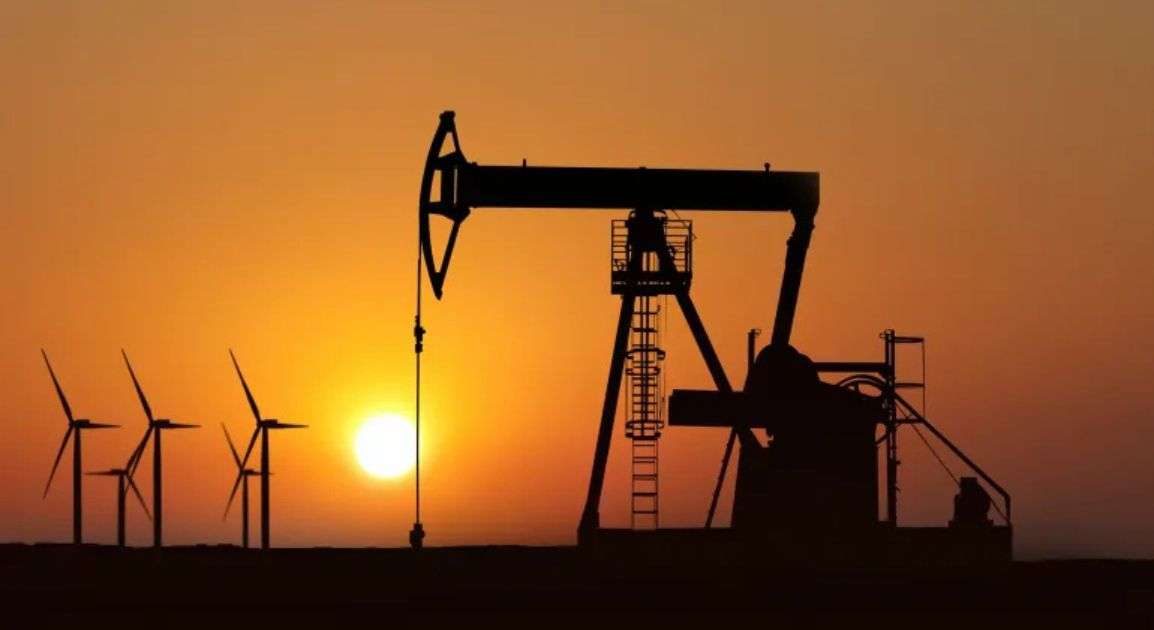India has entered a perplexing energy decade. On the one hand, it is now the world’s largest source of incremental oil demand until 2030; on the other, it is one of the most ambitious growing economies in terms of clean energy ambitions, ranging from green hydrogen to EV buses. Walking this tightrope, energy security today and decarbonization tomorrow, will influence India’s economy, trade balance, and geopolitical leverage over the next two decades. Recent forecasts accurately represent the strain. The International Energy Agency (IEA) predicts that India will be the single largest source of global oil-demand growth until 2030, even while demand in industrialized nations and subsequently China slows and reverses.
According to British Petroleum’s chief economist, India’s oil demand growth is expected to be the fastest in the world by 2050, increasing the country’s global energy consumption share to almost 12% by then. At the same time, policy is shifting. The National Green Hydrogen Mission (NGHM) and E20 ethanol blending are intended to reduce oil demand in transportation and industry, while electric vehicle (EV) adoption is increasing in two- and three-wheelers and public buses. The key challenge for India’s energy plan is whether these steps can bend the curve quickly enough without jeopardizing GDP or fiscal stability.
Why is oil consumption still rising?
Rapid growth, urbanization, and freight. India’s next trillion dollars of GDP will be heavily invested in infrastructure and manufacturing. This includes diesel for freight and construction, LPG/NG for industries, and jet fuel for the growing normalizing aviation sector. The IEA’s India Oil Market research highlights freight and petrochemicals as the most important structural drivers through 2030.
Petrochemicals serve as a demand anchor. Even in ambitious EV scenarios, oil remains a critical feedstock for plastics, fibers, and chemicals. New and expanded Indian refineries are purposely developed for this: HPCL’s Barmer refinery-cum-petchem complex is scheduled to begin operations in late 2025 or early 2026, adding 9 MMTPA with polymer integration. Lastly, improving scale and export arbitrage. India is not only a large consumer but also a refining powerhouse with over 5 million bpd capacity and aspirations to increase to ~5.9 million bpd by 2027. That scale enables refiners to buy crudes opportunistically (most notably from Russia since 2022) and export value-added fuels when margins and spreads are favorable—as evidenced by the recent spike in diesel exports to Europe.
The security-sustainability dilemma: Russia discounts vs strategic risk
Since 2022, Russia’s cheap crude has supported India’s pump prices and refinery margins. Although discounts have narrowed dramatically from $20-25/bbl to low single digits, Russian barrels remain key to India’s energy security calculations, despite US tariff pressure and requests to reduce purchases.
The strategic risk is policy volatility in the external capital markets. Sanctions and counter-sanctions can cause fluctuations in differentials, insurance, and transportation prices overnight. The lesson for India is to diversify crude slates, lock in long-term supply, develop strategic petroleum reserves (SPRs), and accelerate demand-side substitution in transportation to reduce the risk of oil imports. India’s SPRs currently amount to ~5.33 MMT throughout Visakhapatnam, Mangaluru, and Padur, with plans for expansion—useful but limited compared to import vulnerability.
Will policy bend the demand curve?
Skeptics were surprised by how quickly India’s ethanol blending plan moved. E20 fuel availability began in April 2023, with policy and supply-chain improvements for a statewide deployment; officials now report E20 attainment milestones in 2025, supported by pricing and procurement reforms. According to government data, ethanol procurement prices and logistics support are projected for 2024-25, indicating a commitment to maintaining feedstock economics for OMCs and sugar/grain farmers.
Ethanol directly replaces gasoline, and the IEA sees biofuels as a major wedge in India’s oil picture through 2030. However, E20’s system-wide impact is dependent on vehicle compatibility, engine calibration, and retail availability outside of metropolitan areas. Automobile manufacturers are now selling E20-compliant BS-VI vehicles, shifting the constraint from hardware to logistics and pricing. Secondly, EVs have a minor proportion in passenger cars (~2-3% in 2024) but are considerable in three-wheelers (>50%) and rising in two-wheelers (~5%), where India has the highest oil displacement potential per rupee of subsidies.
Central backing through FAME-II helped to seed the sector; states increased acquisition of e-buses, with Delhi and others announcing significant additions in 2025/26. The charging infrastructure is the next obstacle. Government and industry data imply a significant increase in public fees since 2023; however, network reliability and distribution remain unequal. According to the IEA’s Global EV Outlook 2025, there will be approximately 375,000 public charging points by 2030 under current regulations, supporting a modest light-duty EV stock.
The policy takeaway: focus on the segments that move the oil needle the fastest—two-wheelers, three-wheelers, and buses—while strengthening charger uptime and payment interoperability standards. Lastly, the NGHM allocates ₹17,490 crore for electrolyzer and hydrogen production incentives in Phase 1 of the SIGHT plan through 2029-30. Additional state and central incentives may increase overall support over time. According to recent evaluations, capital subsidies and electricity-duty waivers are critical in closing the cost gap for early-stage projects.
Hydrogen has a greater immediate impact on refineries (hydrotreating) and fertilizers (ammonia) than it does on transportation. Shipping and steel may emerge as demand centers in the longer term, particularly if green ammonia bunkering acquires governmental traction. However, as compared to biofuels and electrification, green hydrogen’s oil displacement in road transport is anticipated to be marginal this decade. Oil and refined products accounted for over a quarter of India’s imports in FY25, making the current account vulnerable to crude price surges. Refining capacity additions (Barmer, Paradip petchem integration, and brownfield debottlenecking) contribute to exporting earnings when cracks are favorable (for example, fuel to Europe during outages).
Further Reading: Read our story on India’s Green Hydrogen Mission
However, developing refineries in a decarbonizing environment requires careful scheduling. The risk is that demand may peak later domestically but earlier in major export markets, depressing margins. India’s hedge is petrochemical integration and adaptable setups that can adjust yields as markets fluctuate. Official capacity data depict the breadth and geographic distribution of India’s refinery system as of April 1, 2025—an industrial foundation that is now strategic infrastructure.
India’s energy story is not a binary “oil vs. renewables” one. It is a sequential problem with macro constraints. Over the next five years, oil will continue to handle the majority of the heavy lifting for growth, even while EVs, ethanol, and early hydrogen carve out new niches. The true test of success is not whether India can eliminate oil demand rapidly (it cannot), but if it can limit the import bill’s vulnerability while bending the demand curve with policies that are cheap, targeted, and scalable.
That means protecting the present with supply security and shaping the future by moving quickly in the segments where one rupee of public support equals the most barrels—two-wheelers, three-wheelers, and buses—while preparing industry for a hydrogen-enabled, petrochemical-smart, and export-resilient world. Walk the rope with your eyes on each end.





